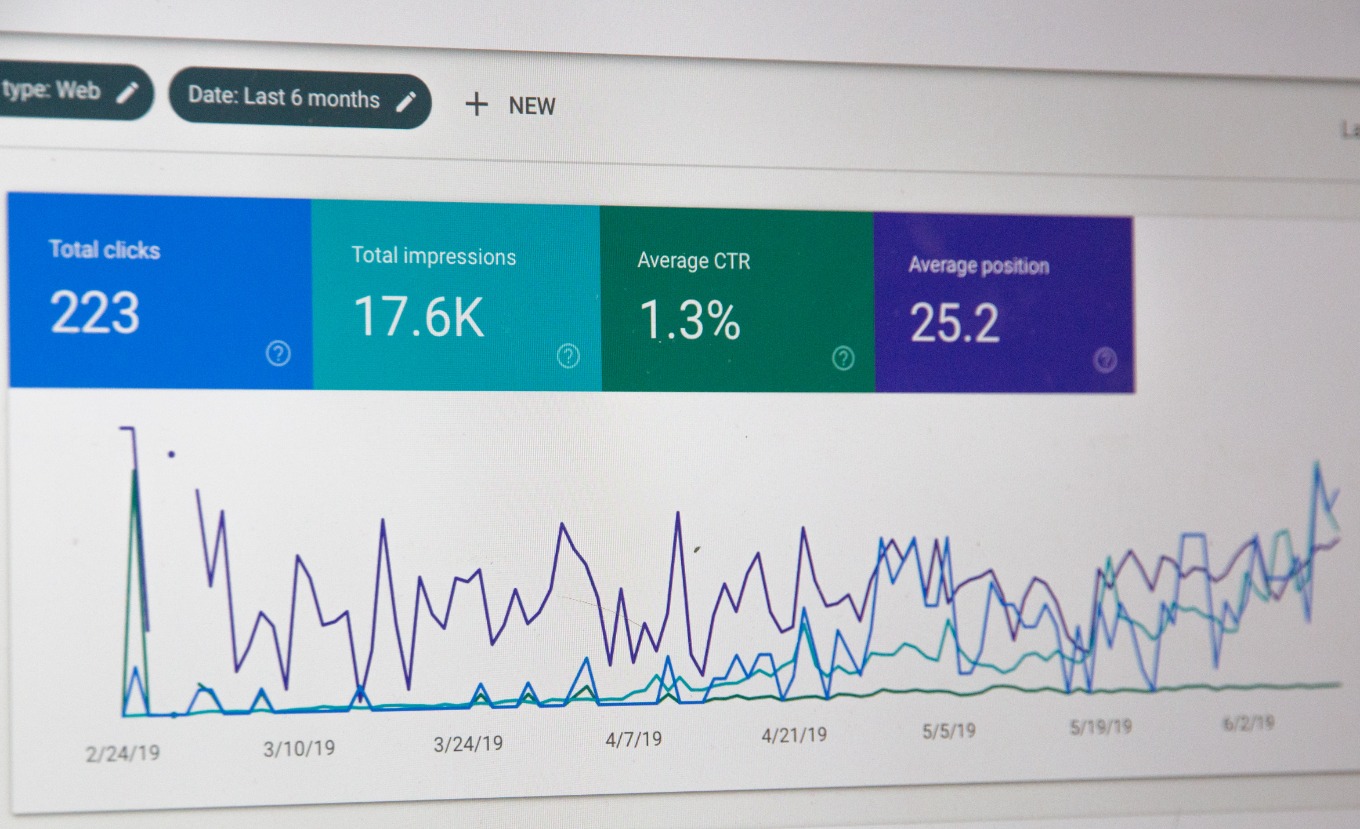What are Human Trafficking Lawyers and How Do They Operate?
In the vast, complex world of law, there exists a subset of legal professionals operating in a field as urgent as it is globally pervasive - Human Trafficking Lawyers. This cadre of legal professionals, exhibiting diverse skills such as negotiation, advocacy, investigation, and litigation, is specially trained to navigate the labyrinth of legal and humanitarian aspects surrounding human trafficking cases.
Unveiling the Layers: A Peek into the Realm of Human Trafficking Lawyers
Human trafficking, as defined by the United Nations Office on Drugs and Crime, involves the recruitment, transportation, transfer, harboring, or receipt of persons by means of threat, use of force, or other forms of coercion. The victims are then exploited for various purposes, including but not limited to prostitution, forced labor, and organ removal. Engendered by this grim reality, the role of human trafficking lawyers is as critical as it is multifaceted.
The Tentacles of Operation: A Synopsis of the Legal Arsenal
To comprehend the intricacies of how these lawyers operate, one must first delve into the legal mechanisms at their disposal. Broadly, their responsibilities can be categorized into two sectors - prosecution and victim advocacy.
Prosecution involves initiating legal action against traffickers. Here, lawyers employ a plethora of legal statutes, ranging from domestic to international law, depending on the jurisdiction and the specifics of the case. Key among these is the United Nations Protocol to Prevent, Suppress and Punish Trafficking in Persons, Especially Women and Children, a key international instrument that forms the bedrock of most trafficking laws worldwide.
Victim advocacy, on the other hand, involves representing the victims, ensuring their rights are upheld, and helping them navigate an often overwhelming legal system. In this capacity, the lawyers may utilize various protective laws, such as the U.S. Trafficking Victims Protection Act (TVPA), which includes provisions for temporary immigration status for victims, and laws ensuring their safety and rehabilitation.
Decoding the Dynamics: The Interface of Law and Reality
A significant challenge that these lawyers face is the delicate calibration of legal strategy based on the complex interplay of sociological, psychological, economic, and political factors. In essence, it is a delicate balancing act between the letter of the law and the human realities that underpin each case.
Looking through the lens of game theory, for instance, a lawyer must weigh the potential payoff of a legal action against the potential risks to their client. This consideration becomes especially pertinent when dealing with victims who may be reluctant to testify due to fear of reprisals or stigmatization, prompting a shift in strategy from aggressive litigation to quiet negotiation and settlement.
Moreover, in the realm of macroeconomic equilibrium theory, the supply-demand dynamics of global labor markets can be a contributing factor to trafficking, especially in sectors such as agriculture, construction, and domestic work. Understanding these dynamics helps lawyers in formulating legal arguments and in advocating for policy changes to address the root causes of trafficking.
Additionally, the role of technology cannot be overlooked. While it has been a double-edged sword, aiding traffickers in their nefarious operations, it has also been a boon for legal professionals. Forensic tools, data analytics, and machine learning algorithms are now being leveraged to gather evidence, trace illicit transactions, and even predict trafficking patterns. This simultaneous risk-benefit dynamic necessitates a thorough understanding of technology’s impact on the legal landscape.
The Path Ahead: Advocacy Beyond the Courtroom
While the courtroom remains the primary battleground, the role of human trafficking lawyers extends beyond its walls. They are increasingly taking up the mantle of policy influencers, working towards more robust legal frameworks and greater international cooperation to combat trafficking. They serve as the bridge between policy and practice, ensuring that the voices of the victims are heard in the corridors of power.
In conclusion, the world of human trafficking lawyers is a testament to the transformative power of law and advocacy. As they navigate the maze of legal complexities, societal expectations, and technological advancements, they stand as the vanguard in the fight against one of the most pressing human rights issues of our time.
In the vast, complex world of law, there exists a subset of legal professionals operating in a field as urgent as it is globally pervasive - Human Trafficking Lawyers.






